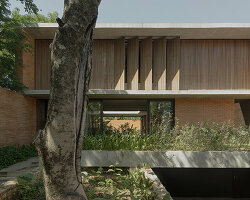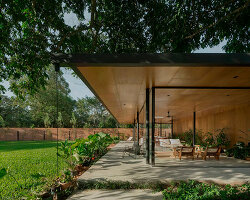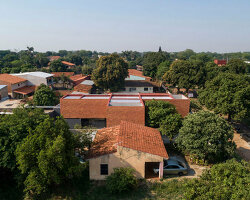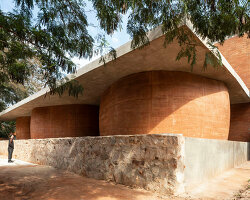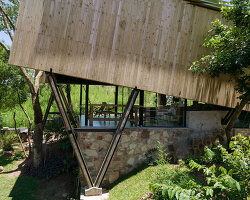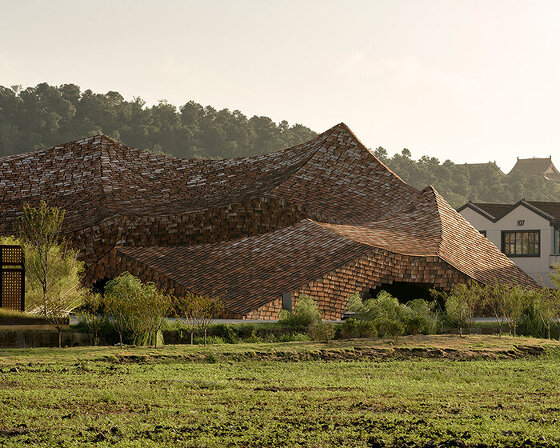KEEP UP WITH OUR DAILY AND WEEKLY NEWSLETTERS
happening this week! pedrali returns to orgatec 2024 in cologne, presenting versatile and flexible furnishing solutions designed for modern workplaces.
PRODUCT LIBRARY
beneath a thatched roof and durable chonta wood, al borde’s 'yuyarina pacha library' brings a new community space to ecuador's amazon.
from temples to housing complexes, the photography series documents some of italy’s most remarkable and daring concrete modernist constructions.
built with 'uni-green' concrete, BIG's headquarters rises seven stories over copenhagen and uses 60% renewable energy.
with its mountain-like rooftop clad in a ceramic skin, UCCA Clay is a sculptural landmark for the city.
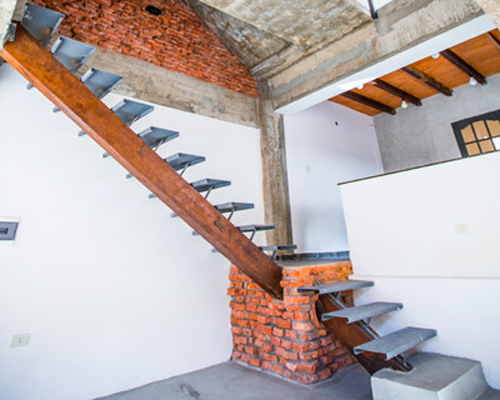
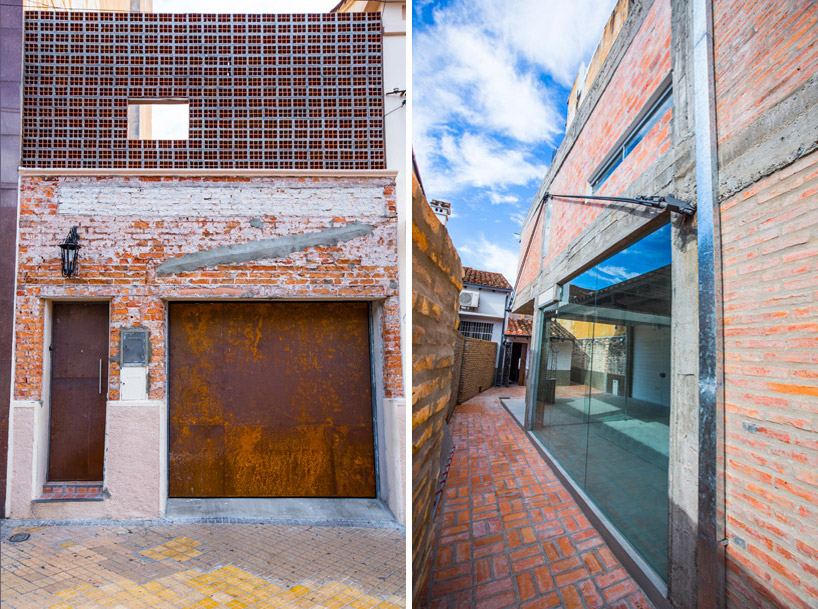 (left) street side facade with rusting corten doors and reused bricks with perforated clay bricks on the top that block views and allow ventilation(right) interior courtyard and house entry with lateral exterior walkwayimage © bayena sosa
(left) street side facade with rusting corten doors and reused bricks with perforated clay bricks on the top that block views and allow ventilation(right) interior courtyard and house entry with lateral exterior walkwayimage © bayena sosa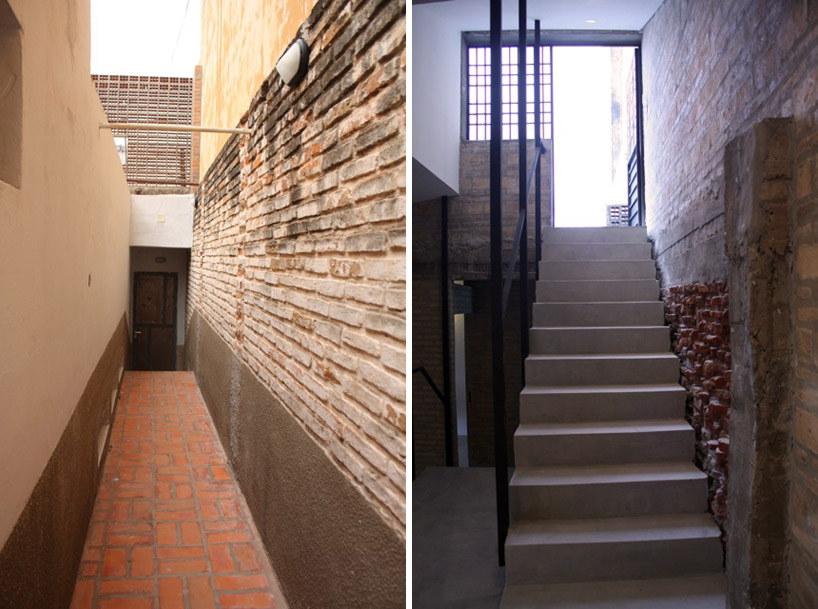 entrance walkwayimage © grupo Q-lata jovai
entrance walkwayimage © grupo Q-lata jovai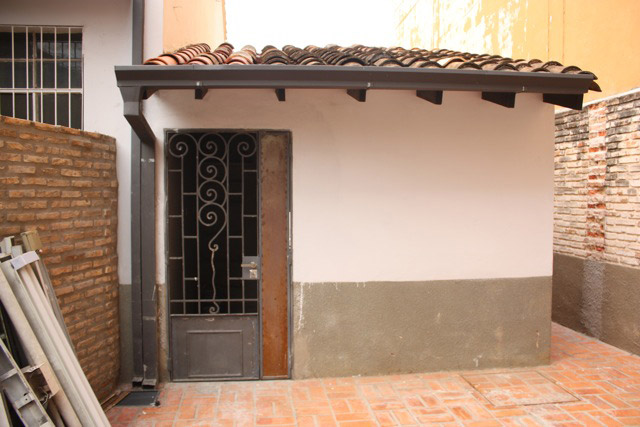 back entranceimage © grupo Q-lata jovai
back entranceimage © grupo Q-lata jovai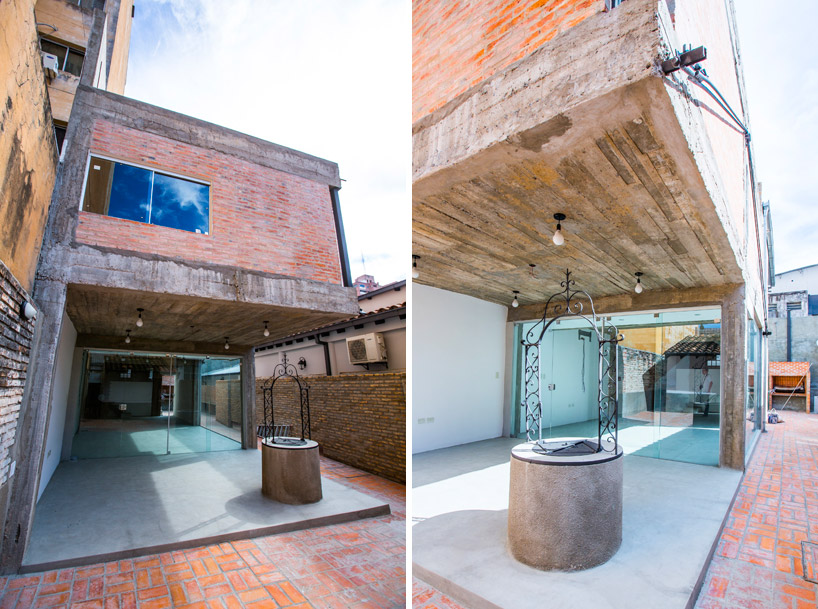 exterior/interior gallery spaceimage © bayena sosa
exterior/interior gallery spaceimage © bayena sosa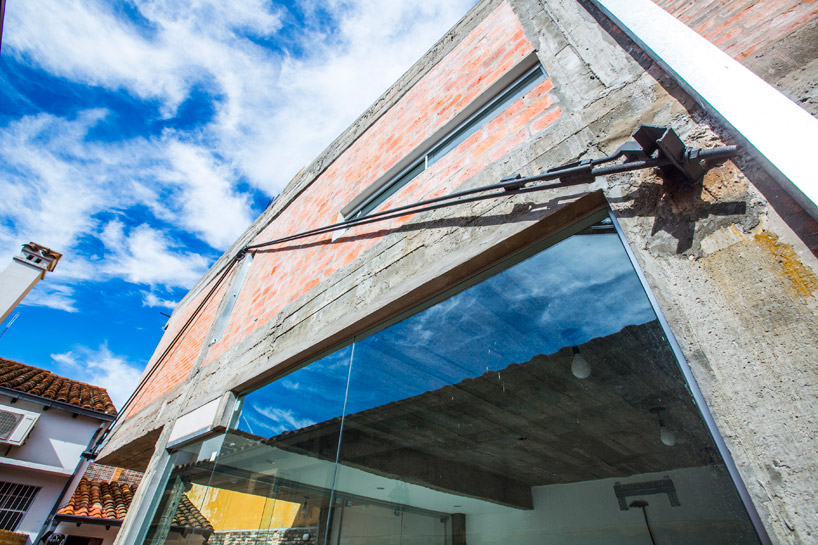 post-tension system helps support cantileverimage © bayena sosa
post-tension system helps support cantileverimage © bayena sosa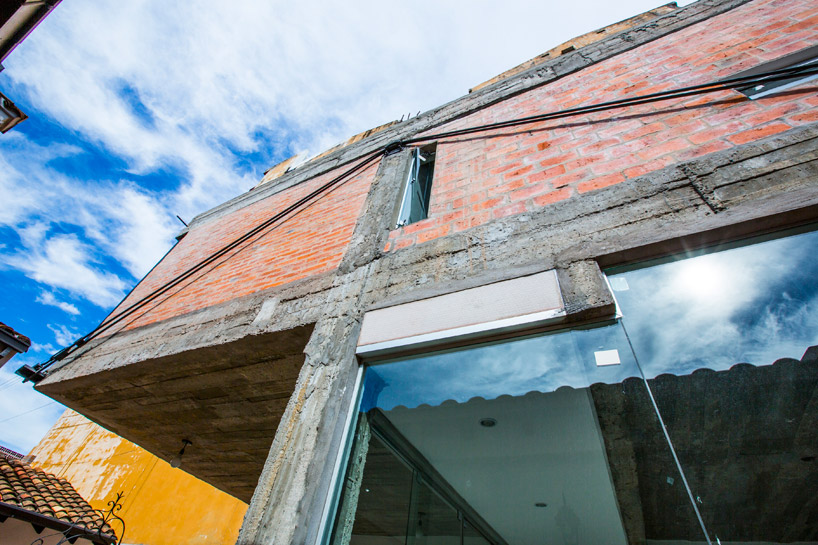 image © bayena sosa
image © bayena sosa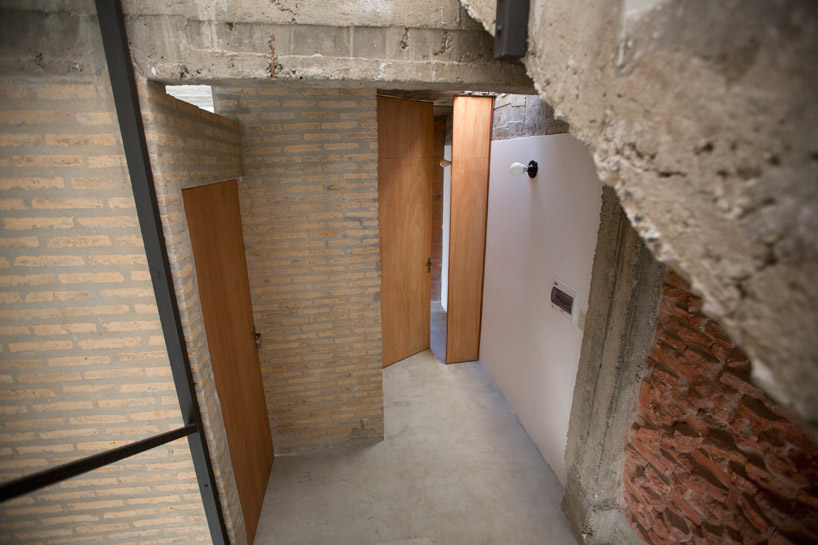 new doors contrast the rugged irregular exposed materials of the structureimage © bayena sosa
new doors contrast the rugged irregular exposed materials of the structureimage © bayena sosa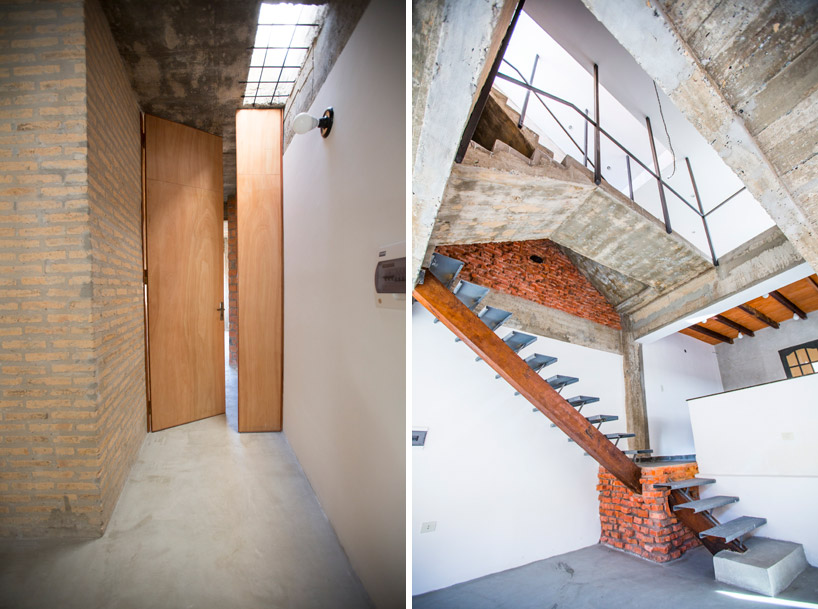 (left) front door(right) central stairs services all floors, made up of a mixture of materials found on siteimage © bayena sosa
(left) front door(right) central stairs services all floors, made up of a mixture of materials found on siteimage © bayena sosa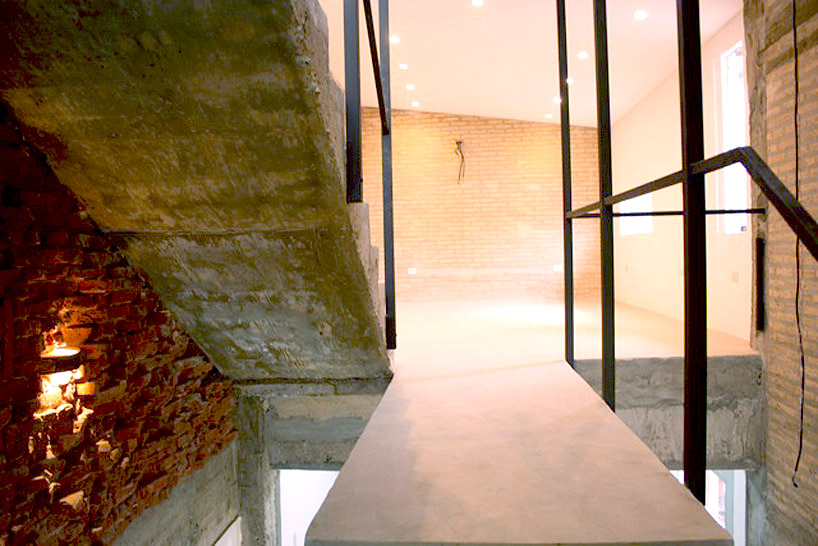 catwalkimage © grupo Q-lata jovai
catwalkimage © grupo Q-lata jovai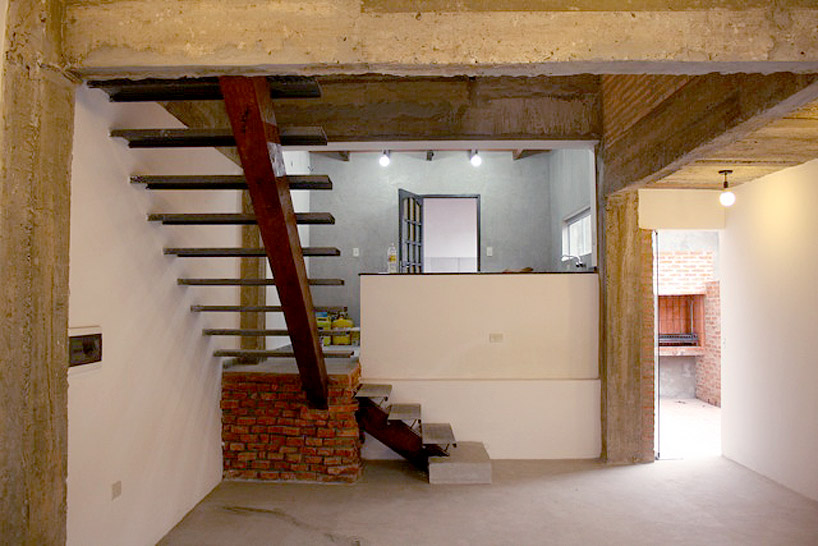 living room and half-storey kitchenimage © grupo Q-lata jovai
living room and half-storey kitchenimage © grupo Q-lata jovai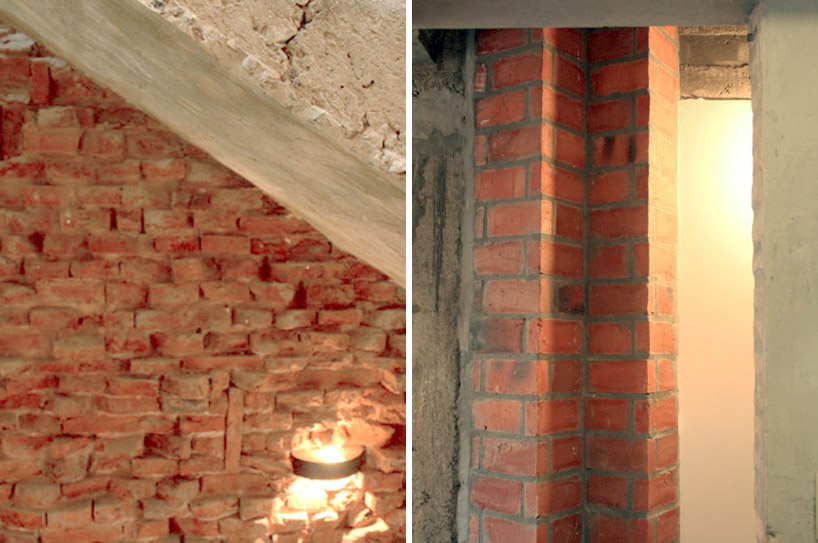 brick texture detailsimage © grupo Q-lata jovai
brick texture detailsimage © grupo Q-lata jovai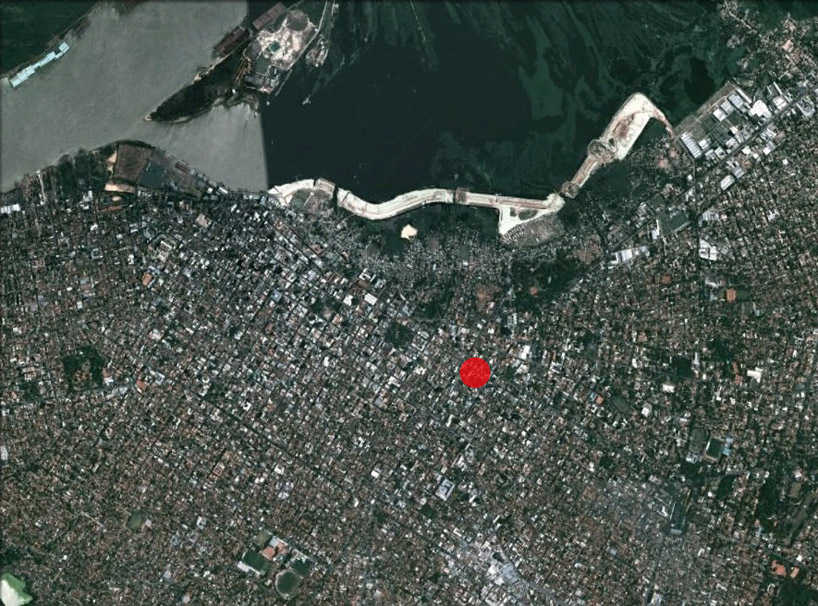 site plan
site plan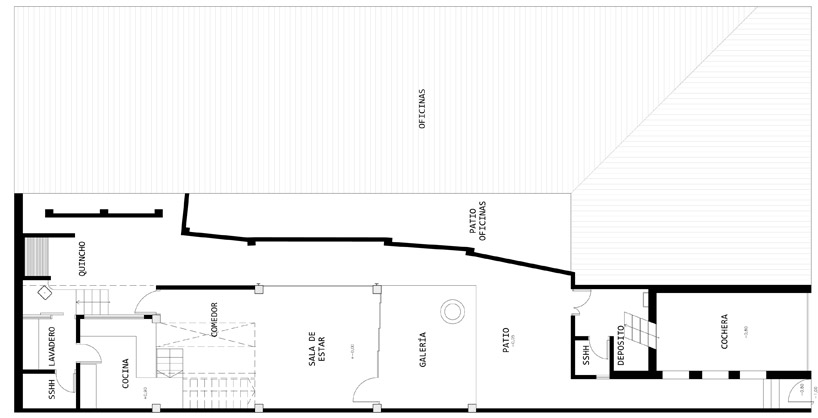 floor plan / level 0
floor plan / level 0 floor plan / level 1
floor plan / level 1 floor plan / level 2
floor plan / level 2 section
section

